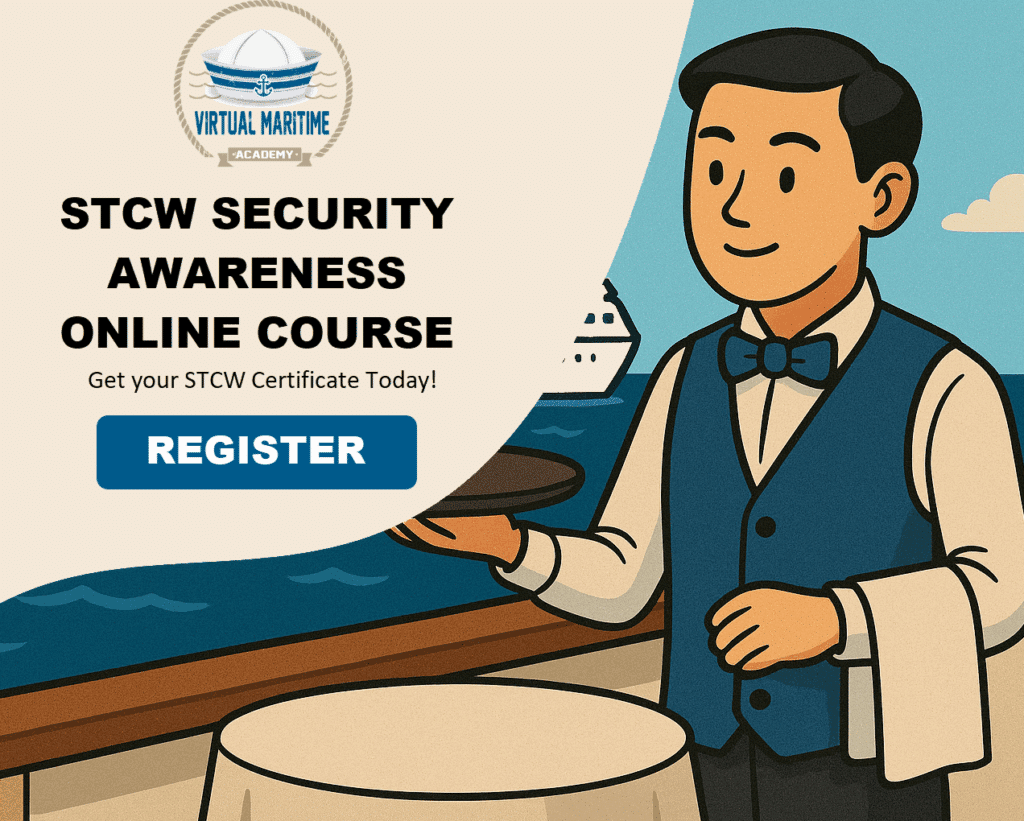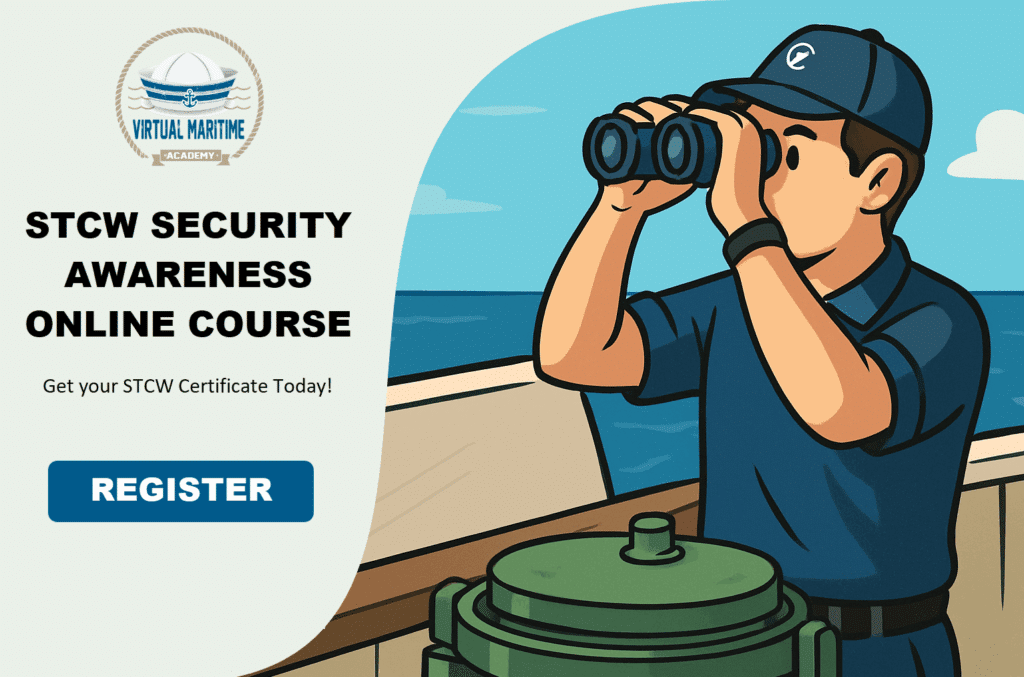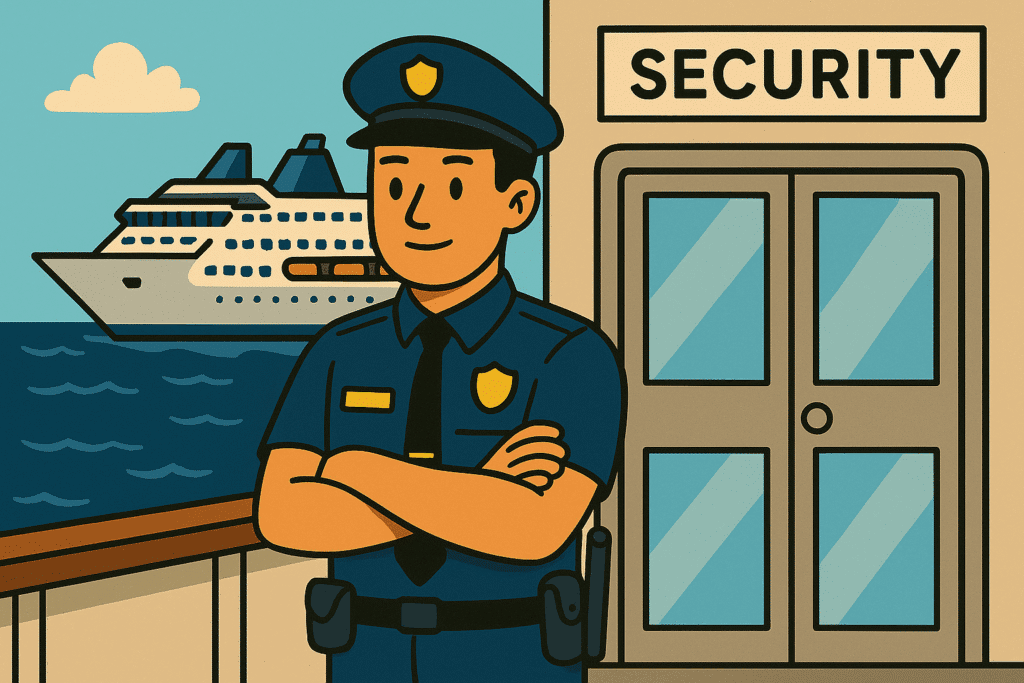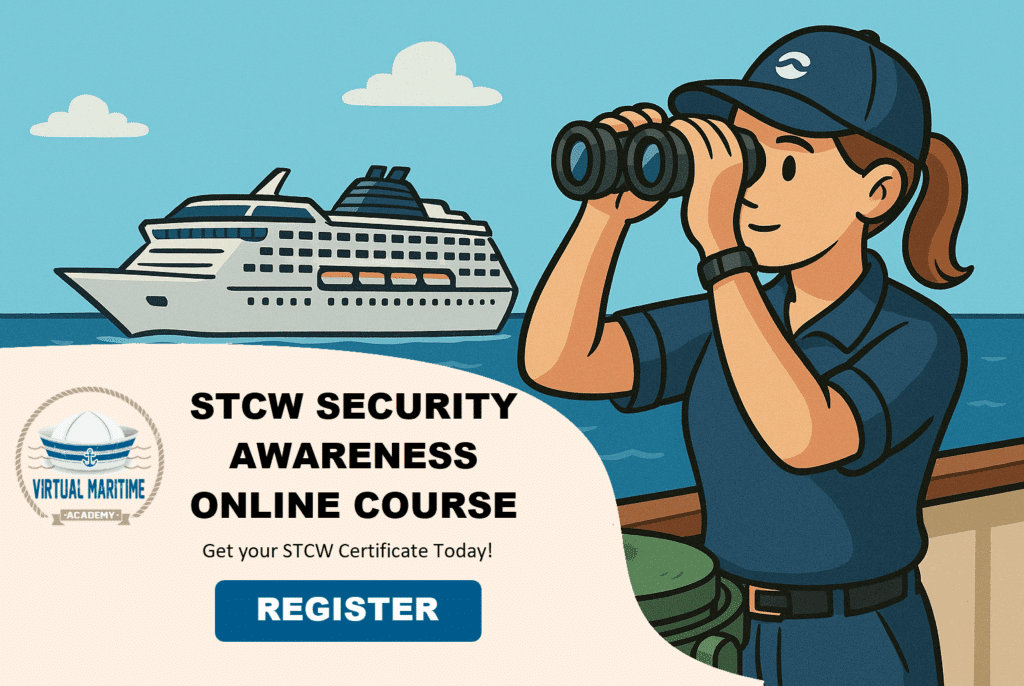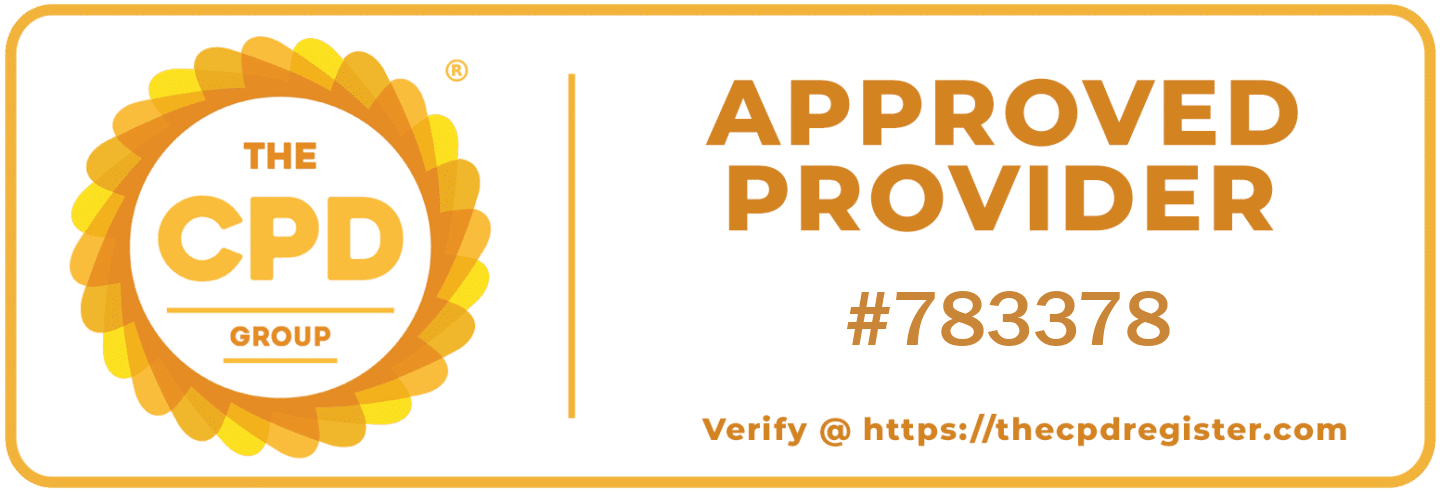Virtual Maritime Academy Achieves DNV Certification for Its Company Security Officer (CSO) Course
FOR IMMEDIATE RELEASE
Québec, 15 May 2025 – Virtual Maritime Academy (VMA) proudly announces a new milestone in its pursuit of excellence in maritime education: its Company Security Officer (CSO) Course has officially received certification by DNV, further affirming the academy’s commitment to delivering internationally recognized, high-quality training.
The CSO course is meticulously developed in accordance with the IMO Model Course 3.20, ISPS Code Sections A/2.1.7 and A/11, MSC Circular 1154 (Guidelines on Training and Certification of Company Security Officer), and STCW Regulation VI/6 & A-VI/6. This achievement underscores the course’s compliance with the most stringent international standards in maritime security training.
With a comprehensive 20-hour curriculum, this 100% online, on-demand, and self-paced program is one of the most accessible and informative CSO courses available worldwide. It equips maritime professionals with the critical skills and knowledge required to perform the duties of a Company Security Officer effectively, including threat assessment, security planning, regulatory compliance, and incident management.
In addition to DNV certification, the CSO course has also earned CPD Accreditation, offering learners globally recognized professional development credentials.
This achievement marks another important milestone for Virtual Maritime Academy, reinforcing its reputation as a DNV Certified Maritime Training Provider and a leader in the delivery of high-standard maritime education. It reflects VMA’s ongoing mission to provide innovative, trusted, and industry-relevant training for seafarers and maritime professionals around the globe.
🔗 Explore the CSO course: https://vm.academy/CSO
About Virtual Maritime Academy
Virtual Maritime Academy is a leading provider of online maritime education and training, offering a wide range of courses designed to meet the needs of the global maritime industry. With a commitment to quality and innovation, Virtual Maritime Academy is dedicated to preparing seafarers and maritime professionals for success in their careers. Now a DNV Certified Maritime Training Provider, the academy upholds the highest standards of excellence in training and education.

